Waste-to-energy plants: a resource for the circular economy
Focus
Focus
Category Facet
Custom Facet
Search Results
-
Web Content Article · By Antonio Filippone On Jul 21, 2025 3:20 PM
In Bologna, we will build the new SynBioS plant – a cutting-edge solution of international relevance in the field of clean energy – to convert renewable electricity into synthetic natural gas and...
Categoria Progetto: Energy Efficiency Innovation Categories: Energy -
Web Content Article On Aug 4, 2020 5:20 PM
District heating is already in itself a "sustainable" and environment-friendly solution, because it can guarantee better performance than traditional domestic boilers. In addition, the plant...
Categoria Progetto: Heratech Project Energy Efficiency -
Web Content Article On Aug 4, 2020 5:12 PM
Since 2017, we have been developing a measuring system, conceived by Hera Luce, which analyses the materials used in public lighting. What's the target? Making their life cycle circular, as well.
Categoria Progetto: Energy Efficiency Circular Economy -
Web Content Article On Aug 4, 2020 5:08 PM
Producing electricity and heat from non-reusable waste. How? In a waste-to-energy plant: it's a safe and legally compliant plant and an energy resource for the local area.
Categoria Progetto: Energy Efficiency Circular Economy -
Web Content Article On Aug 4, 2020 4:21 PM
What's Ferrara's green secret? It lies underground, where a geothermal reservoir powers the city’s district heating system. As a result, 95% of the thermal energy distributed in the city is clean...
Categoria Progetto: Energy Efficiency Innovation Circular Economy Innovation Categories: Energy -
Web Content Article On Aug 4, 2020 4:07 PM
We have installed a turbo expander at the R&M stations of Ducati's factory in Bologna. The goal is to recover electricity from the decompression process of methane gas.
circulareconomy Categoria Progetto: Innovation Energy Efficiency
Asset Publisher
Producing electricity and heat from non-reusable waste. How? In a waste-to-energy plant: it's a safe and legally compliant plant and an energy resource for the local area.
A waste-to-energy plant, in fact, is a plant in which the heat from the combustion of waste is recovered to generate steam, which is then used to produce electricity or for district heating. link to the district heating page
Our nine waste-to-energy plants cover a catchment area of over 3 million inhabitants in the provinces of Ferrara, Modena, Bologna, Forlì-Cesena, Rimini, Isernia, Padua, and Trieste and "enhance" the heat produced for the benefit of the local area. How? By generating both electricity, fed into the Italian distribution network, and heat, sent to homes or users in the surrounding area, through a special distribution network.
HOW DOES A WASTE-TO-ENERGY PLANT WORK?
Watch the video for a quick and simple explanation of the basic operation of a waste-to-energy plant.
ARE WASTE-TO-ENERGY PLANTS DANGEROUS?
No. These plants are safe, compliant with the regulations, and contribute less than 1% of total emission sources for dioxins, PM10, NOx, and other major air pollutants (ISPRA data).
The only waste consists of ash (about 20% by weight of the treated waste) and particulate (about 3% by weight of the treated waste). Ash is generally used for recovery and production of secondary raw materials for the cement industry, while the particulate is stabilised to reduce any potential pollutants and make it suitable for disposal in an authorised plant.
Do you want to know more about our waste-to-energy plant emissions? Visit the section on our website.
The waste-to-energy plants are subject to constant monitoring and checks conducted by both Herambiente itself and competent agencies. Checks are carried out with the utmost transparency and anyone can verify the results: the main emission parameters are published and updated every half hour on the website www.herambiente.it. Transparency, in fact, has always been a value for Herambiente, since it manages waste and material and energy recovery activities without compromising the quality of the surrounding environment, with the utmost respect for the territory and adopting solutions with the lowest environmental impact.
Search Bar
Tag Facet
Search Results
Asset Publisher
Creating shared value report 2024

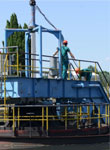




.jpg/468d051b-ba80-83a6-359d-7ef55eefd940)
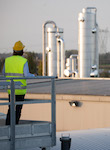

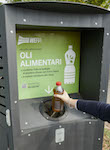
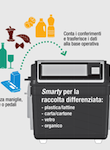
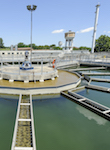
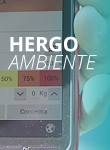
.jpeg/1d0e0770-1094-b22b-fce4-099f27c72978)